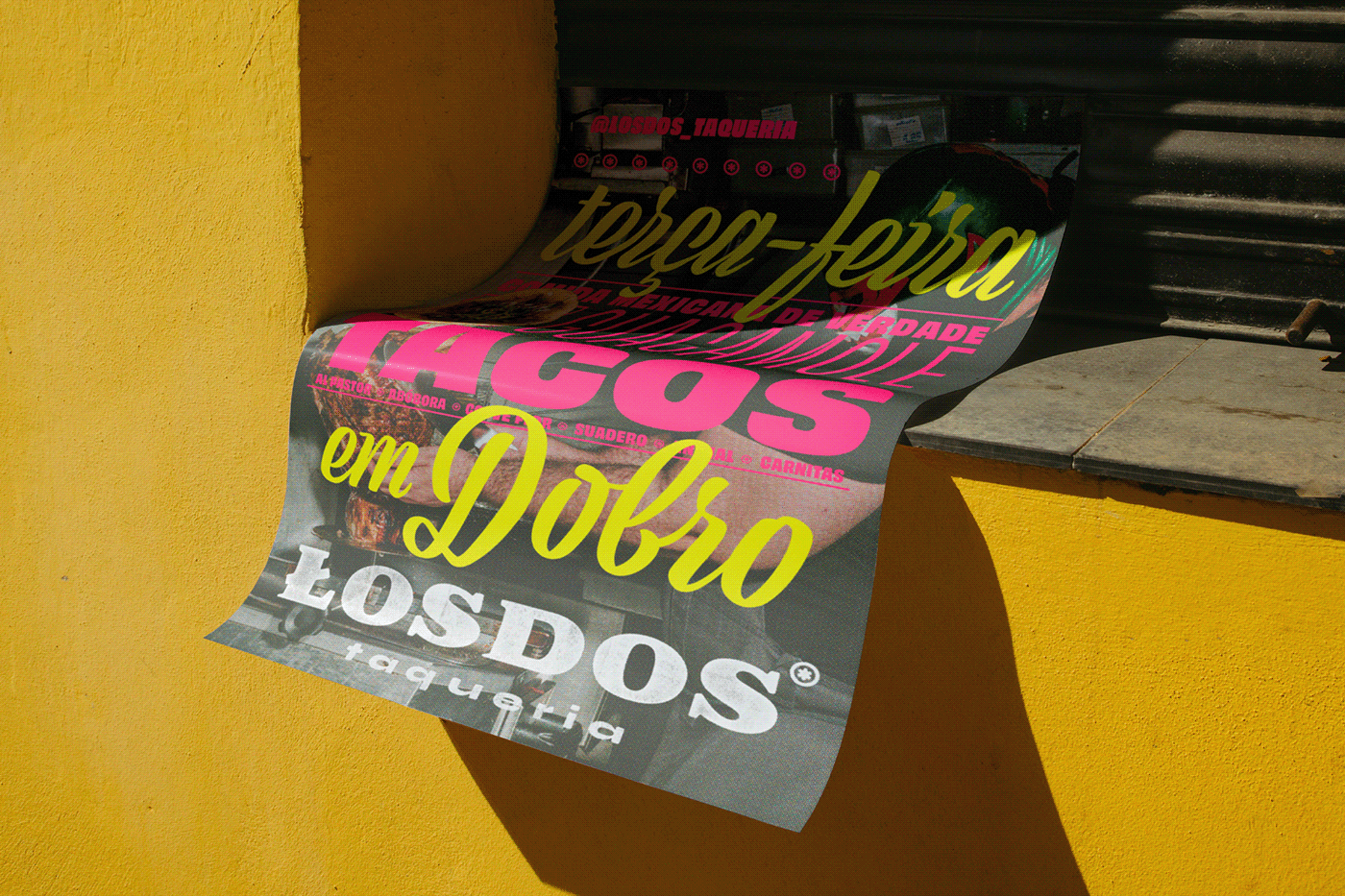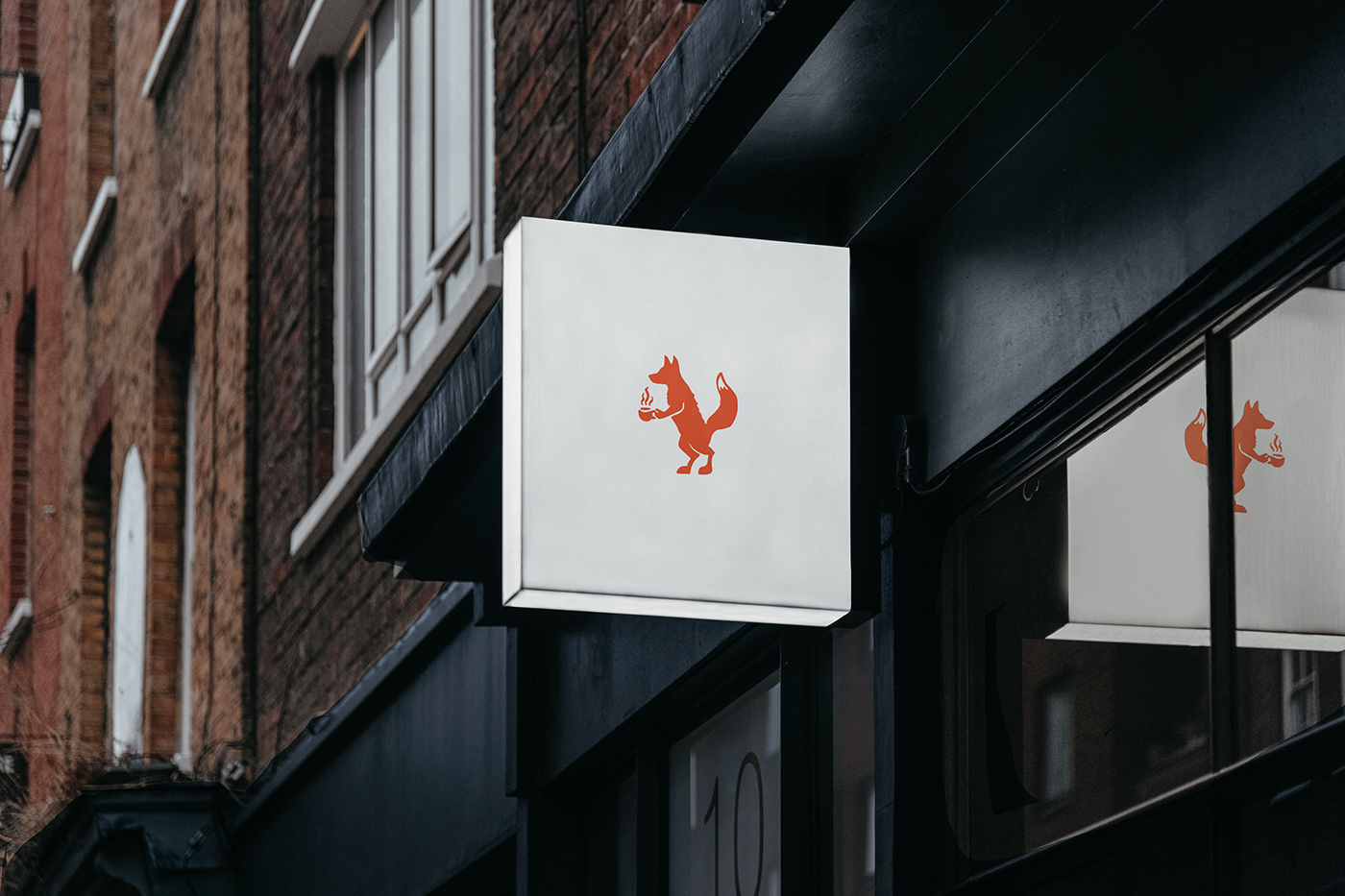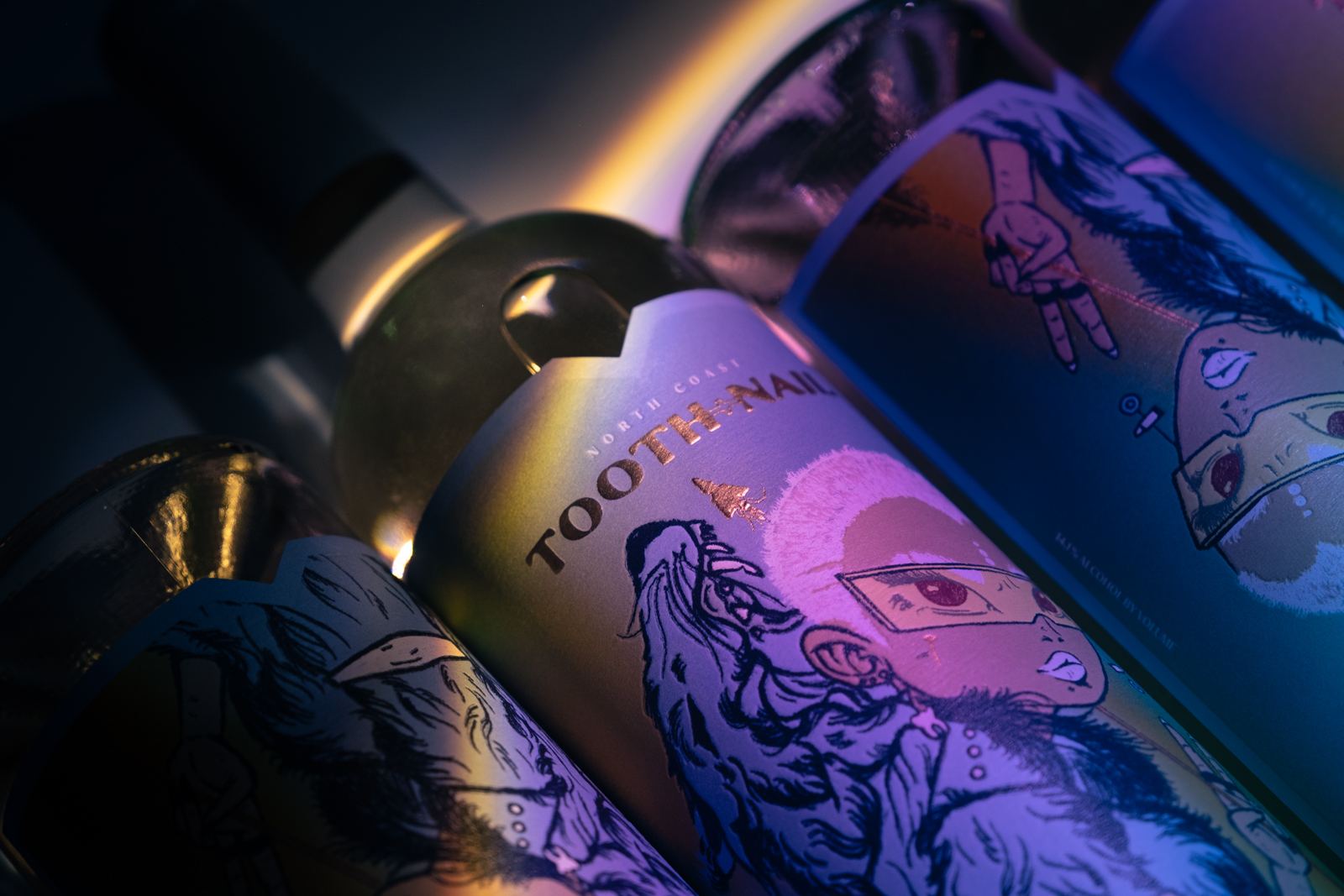With limited budgets and razor thin margins, it’s easy to understand why restaurant-owners freeze up when trying to create a marketing strategy. The typical restauranteur quickly enters into a cycle of Do-Nothing, Do-Anything, Stop-Everything when sales begin to seize up. It goes without saying that this is a recipe for disaster and wasted dollars. Usually when the “Do-Anything” stage is hit the new-found lover of marketing goes into the Magic Bullet Theory.
What’s the “Magic Bullet Theory?”
In short, a magic bullet is one that hits the target dead on. In marketing terms, this means that one tactic will create a massive response seeing a return on investment equal or greater to the cost. It sounds like a ridiculous thought until you’re in the situation. It goes something like this: One of the many sales people that hound a restauranteur will have a one-liner that grabs their attention at the right time. They’ll say something like, “For only $1000, you can reach over 20,000 people in your area!” Sounds great. Even if the restaurant gets 10% of that, it’s 2000 people in the door.
What’s wrong with reaching 20,000 people?
The concept of reach is flawed. For starters, usually when a salesperson talks about their reach it’s a bloated number to make it seem more valuable. For instance, a newspaper may have a reach of 20,000 people in a small market; however, that number is built by subscribers and distribution points. To simplify, if I have 10 subscribers, then drop 10 papers off at a store for purchase, my reach is 20 even if no one buys the paper at the store. Secondly, there is no guarantee that the reader of a magazine will absolutely see, read and digest your advertisement. “Reach” should really be called “potential reach,” and it’s only half of the equation. Reach is nothing without frequency.
What is frequency and why is it so important?
Frequency is exactly you think: the number of marketing outlets used in your strategy and the number of times you use those outlets. Effective Frequency is the number of times a person must come in contact with your message before they take action. The subject is highly debated as it’s hard to prove the numbers required to reach effective frequency. What everyone can agree on is that one advertisement, in one magazine will not get more people to your restaurant. The Magic Bullet is a myth.
Thomas A Smith wrote a book called Successful Advertising in 1885, and his description of how to get to effective frequency still holds true:
- The first time people look at any given ad, they don’t even see it.
- The second time, they don’t notice it.
- The third time, they are aware that it is there.
- The fourth time, they have a fleeting sense that they’ve seen it somewhere before.
- The fifth time, they actually read the ad.
- The sixth time they thumb their nose at it.
- The seventh time, they start to get a little irritated with it.
- The eighth time, they start to think, “Here’s that confounded ad again.”
- The ninth time, they start to wonder if they’re missing out on something.
- The tenth time, they ask their friends and neighbors if they’ve tried it.
- The eleventh time, they wonder how the company is paying for all these ads.
- The twelfth time, they start to think that it must be a good product.
- The thirteenth time, they start to feel the product has value.
- The fourteenth time, they start to remember wanting a product exactly like this for a long time.
- The fifteenth time, they start to yearn for it because they can’t afford to buy it.
- The sixteenth time, they accept the fact that they will buy it sometime in the future.
- The seventeenth time, they make a note to buy the product.
- The eighteenth time, they curse their poverty for not allowing them to buy this terrific product.
- The nineteenth time, they count their money very carefully.
- The twentieth time prospects see the ad, they buy what is offering.
Of course marketing a restaurant is slightly different than a new product. Also, restaurant’s have a driver from every human that expedites the purchase process: Hunger. Despite hunger speeding up the purchase process, Smith’s frequency makes it clear that engaging in one marketing tactic, one time is never going to see a person come through the door.
Move them from “What is this?” to “I want this, now!”
The goal of all restaurant marketing is to get “butts in seats.” We all know it. Your efforts should move people from “What is this?” to “i want this, now!” as fast as possible. That can only be accomplished by dispersing your marketing messages across many media outlets as frequently as possible without annoying the masses. That means social channels, print advertising, email campaigns, fliers, direct mail, etc all work in tandem to convey a message of differentiation, urgency and desire.
What do you do with your marketing now?
Rethink your marketing. Chances are that you probably don’t have much of a strategy. It’s more likely that you have knee-jerk agreed to a couple things because you were sold by someone on the potential reach. Take a look at what you’re doing and figure out a way to unify the message while keeping things different enough so they’re not exactly the same. This will increase the chances of someone paying attention instead of grazing over the same ad they’ve seen in every other touch point.
Too overwhelming? Then hire a professional. We’re here for ya!






